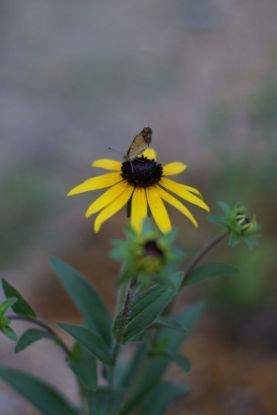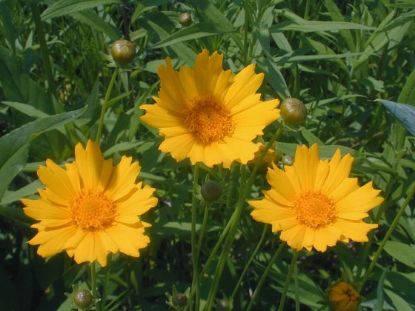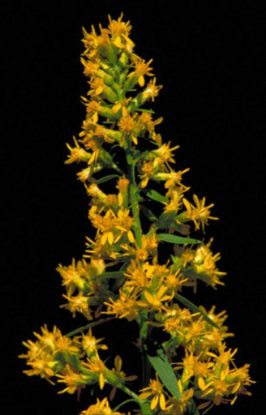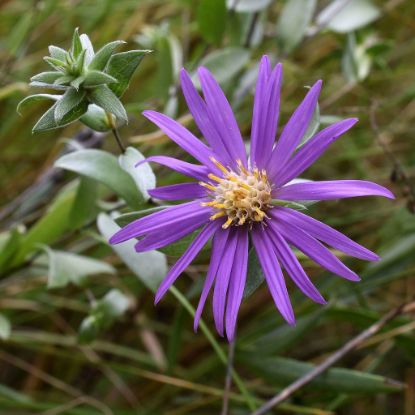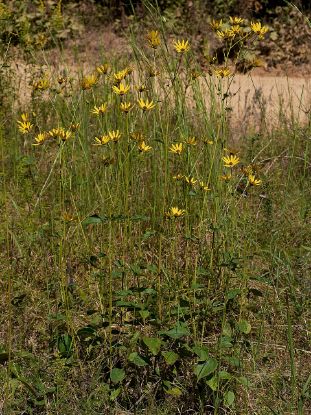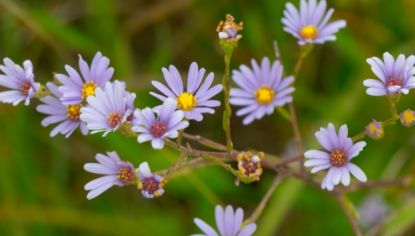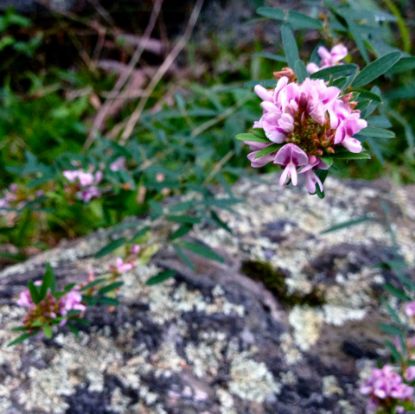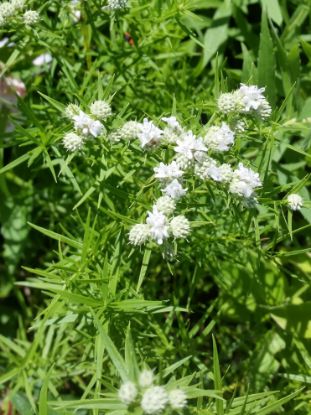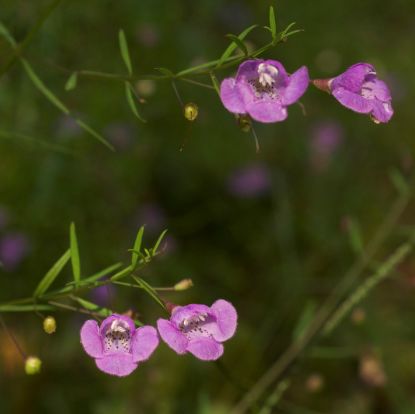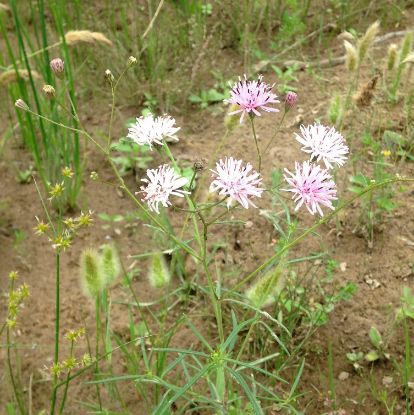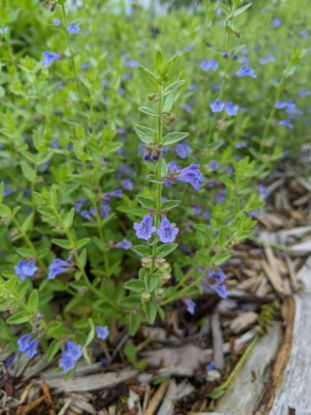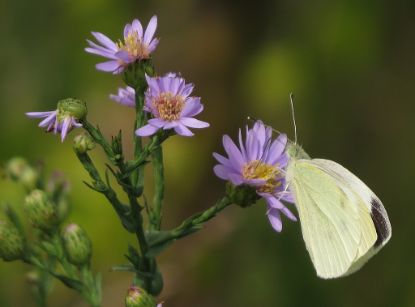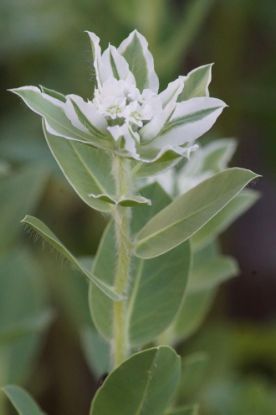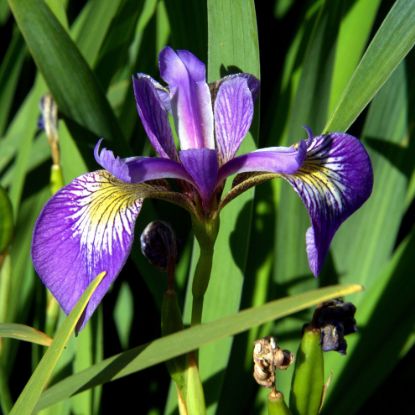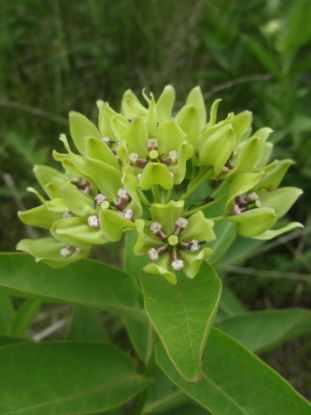Filter by attributes
Wildflowers
Sort by
Display
per page
View as
204 products found
Showy (Orange) Coneflower (Rudbeckia fulgida var. sullivantii)
Remove spent blooms to extend the blooming season. Colony-forming.
I'm sleeping right now. See you in the spring.
$6.00
Showy Coreopsis (Coreopsis grandiflora)
Similar to C. lanceolata, but leaves not as dense and flowers a bit smaller. Good in a hot, dry area. Deadhead for persistent blooms.
I'm sleeping right now. See you in the spring.
$6.00
Showy Goldenrod (Solidago speciosa)
A study in KC showed that Solidago is one of the plant genera in our area that attracts the largest number of different bee species. This is a great option for a goldenrod with its showier flowers.
I'm sleeping right now. See you in the spring.
$6.00
Silky Aster (Symphyotrichum sericeum)
A nice choice for a shorter aster and it can tolerate a decent amount of shade. Supports lots of insects.
I'm sleeping right now. See you in the spring.
$6.00
Silphium Sunflower (Helianthus silphioides)
Native to the Ozarks, this sunflower stands tall on mostly leafless stalks above large basal leaves. Sunflowers attract lots of pollinators to their flowers and birds to their developed seeds.
I'm sleeping right now. See you in the spring.
$6.00
Sky Blue Aster (Symphyotrichum oolentangiense)
A shorter aster, but a bit spindly. A study in KC showed that Symphyotrichum is one of the plant genera in our area that attracts the largest number of different bee species.
I'm sleeping right now. See you in the spring.
$6.00
Slender Lespedeza (Lespedeza virginica)
A cute little pea flower. Better massed together to make a statement. Great wildlife benefits for bees, butterflies, birds, and mammels.
I'm sleeping right now. See you in the spring.
$6.00
Slender Mountain Mint (Pycnanthemum tenuifolium)
Pollinators love this plant! Lovely mint fragrance. Beautiful texture. Spreads slowly by roots and seeds; not as aggressive as most mints. A study in KC showed that Pycnanthemum is one of the plant genera in our area that attracts the largest number of di
I'm sleeping right now. See you in the spring.
$6.00
Slenderleaf False Foxglove (Agalinis tenuifolia)
An annual that readily self-seeds in disturbed soils. Host of common buckeye butterfly. Hemiparasitic: this plant feeds of the roots of other plants and therefore should be planted among other species.
Out of stock
$18.00
Small Palafoxia (Palafoxia callosa)
Annual from southern MO glades. Likes it dry and sunny. Hosts Bordered Patch and Dainty Sulphur butterflies and attracts other butterflies.
Out of stock
From $6.00
Small Skullcap (Scutellaria parvula)
Beautiful, short structure and colorful leaves make this plant a great choice for formal garden borders.
I'm sleeping right now. See you in the spring.
From $6.00
Smooth Aster (Symphyotrichum laeve)
Another wonderful, medium height aster to support pollinators in the fall. Nice, upright structure. Common name "smooth aster" comes from the texture of the shiny, hairless leaves. Attracts many bees and butterflies, and songbirds and small mammals eat th
I'm sleeping right now. See you in the spring.
$6.00
Snow on the Mountain (Euphorbia marginata)
Annual, so allow to reseed. May cause skin irritation. Not preferred by deer or rabbits.
I'm sleeping right now. See you in the spring.
$6.00
Southern Blue Flag Iris (Iris virginica)
Great plant for your water garden. Does best in full sun, in consistently moist, organic soils. Slowly spreads by rhizomes; can divide when plant gets over crowded.
I'm sleeping right now. See you in the spring.
$6.00
Spider Milkweed (Asclepias viridis)
Very tolerant of dry conditions. Tracy’s favorite milkweed. May bloom again in fall if you cut it back after the first bloom.
I'm sleeping right now. See you in the spring.
$6.00
